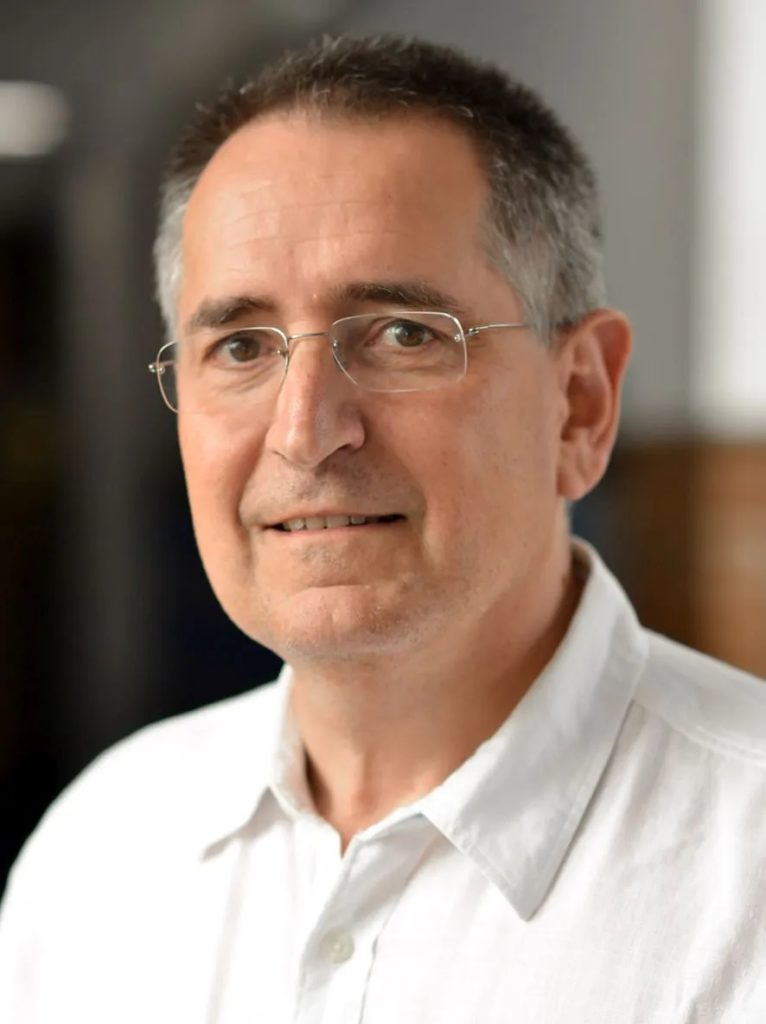JULY 26, 2019
Most historians work in text – we imagine ourselves surrounded by books and filing cabinets full of archival scribblings. But increasingly, we also work with other kinds of data. For myself, the BBC Connected Histories project has challenged me to think differently about how I do research and what kinds of sources I use. In part this is because the project focuses on an ‘oral history’ collection – the BBC’s own oral history. But much more importantly, by obliging me to think about ‘sound’, it has also obliged me to think about space and place; video and image in new ways.
As information of all kinds has been transferred into a digital format something odd has happened. What were once discreet forms of ‘data’ – an audio recording, a description on the page, an architect’s drawing; have all been turned to forms of a digital signal – allowing us to weigh a .dat against a .doc, against a .jpg, .wav or .kml. These are all individual file types, but all made from the same binary code.
This, in turn, has challenged the project to think harder about how we work with the over 600 oral history interviews in the archive. Each interview is represented in a variety of forms. They exist as original tape recordings, and as human generated transcripts in hard copy. In turn, we have versions of them as PDFs of the hard copy transcripts; and as OCRd text derived from those transcripts, and as digital copies of the audio and video recordings of the interviews, and finally as digital texts created via a speech to text engine created from the recordings. The Connected Histories of the BBC project is working directly with four different representations of a single event – an oral history interview: an image (.pdf), an OCR’d text (.txt), a digital recording (.wav), and a speech to text version (.txt).
In the first instance, we are building the Connected Histories archive around these four data types in the expectation that comparing them will help both expose the limitations of each; and illuminate the ideological selection that these different forms imply. The archive will be built to allow these four representations to exist in parallel – linked for search and analysis. This approach will allow us to ask what was left out of the human transcripts? Do they hide the Umms and Ahhs of normal speech, or have errors of fact been silently corrected, or indeed libels excised? And will it allow us to interrogate the background sounds accidentally recorded in the interviews; and measure the cadence and volume of speech? Were these interviews quiet conversations, or emotionally charged encounters? And can we associate particular segments of ‘text’ with heightened tension evidenced from the recordings? And can we measure the distance between the two? Can we measure contempt or admiration in the tone and volume marked in audio – and can that in turn allow us to understand the textual representation differently?
This project self-consciously plays in the vast gulf between sound and text; but it also challenges historians to think harder about how information is recorded; and how our own practise of analysis and representation are effected by moving beyond text.
Professor Tim Hitchcock




Leave a Reply